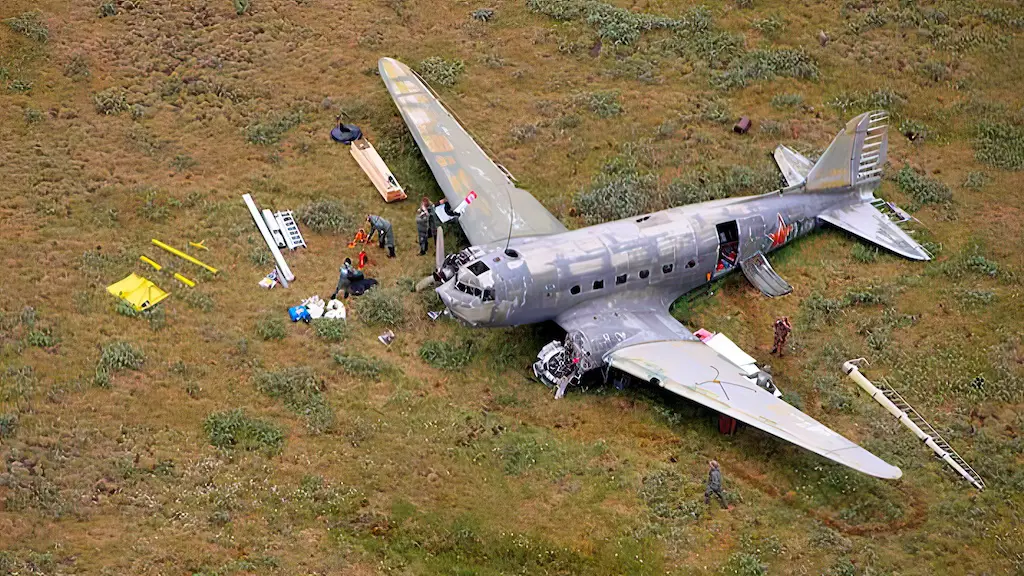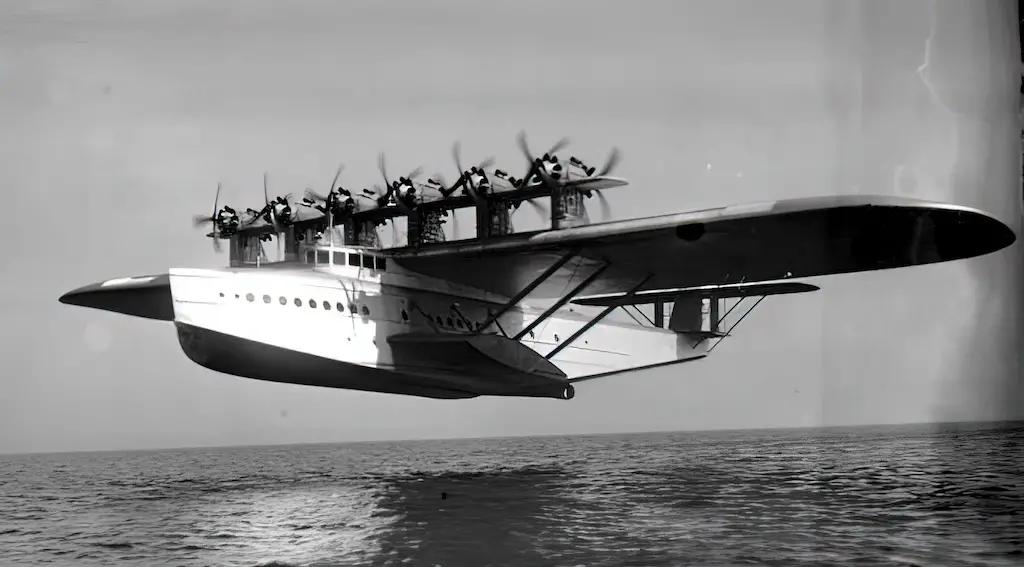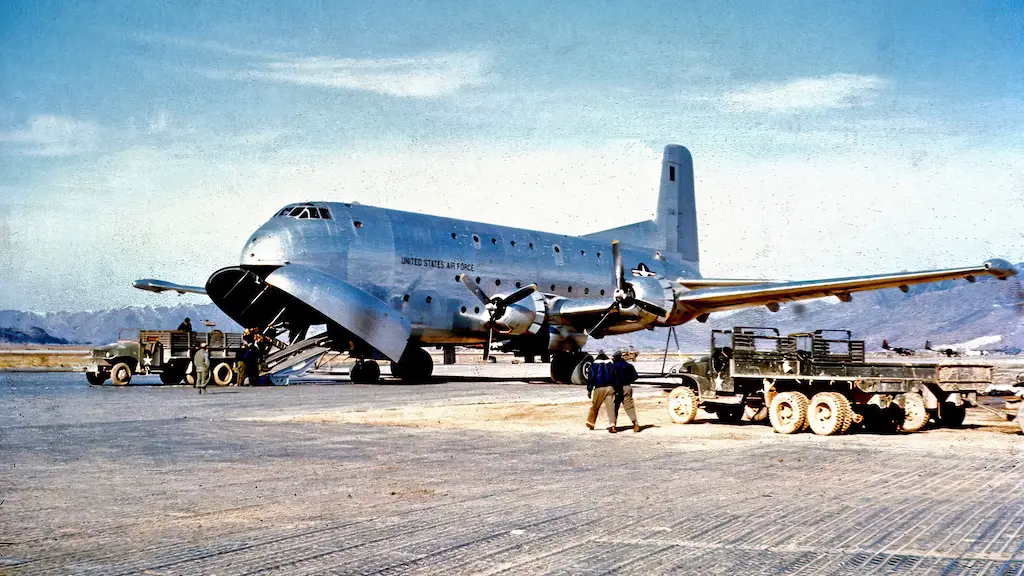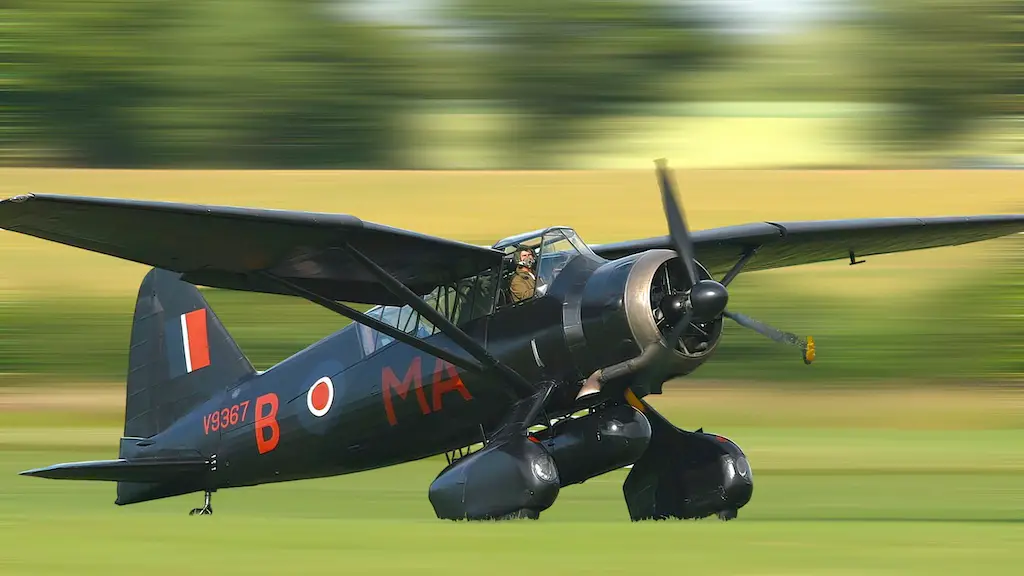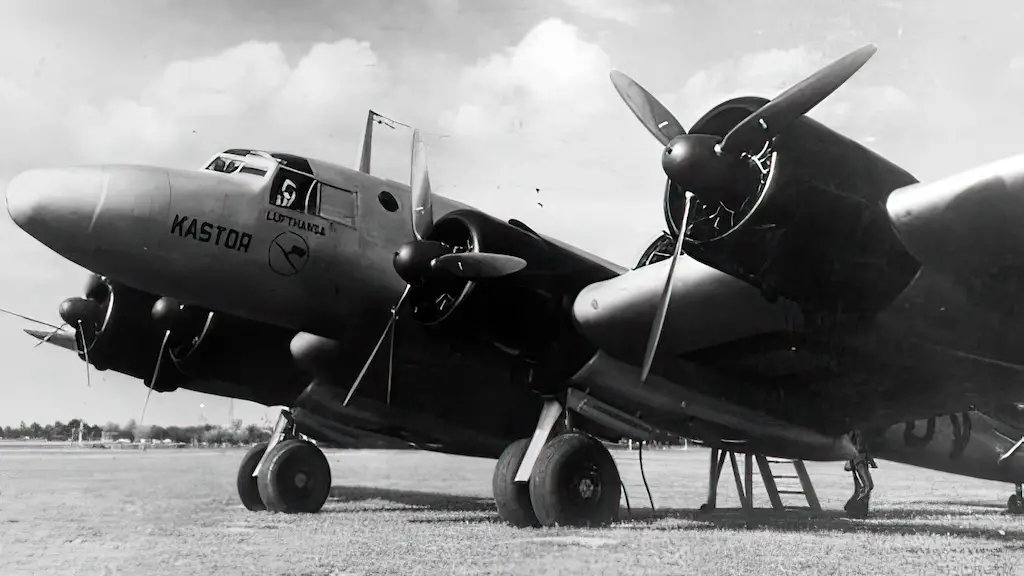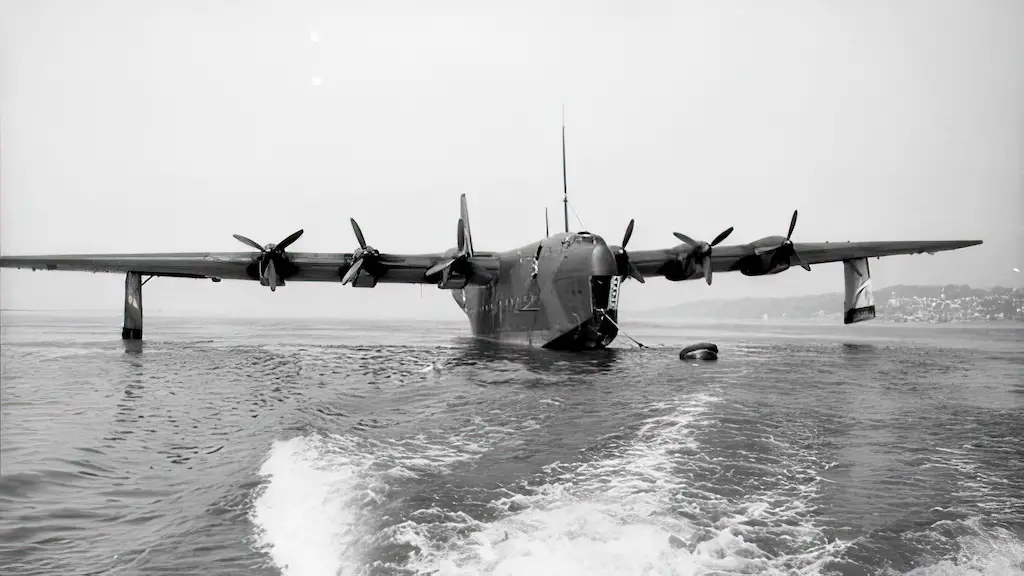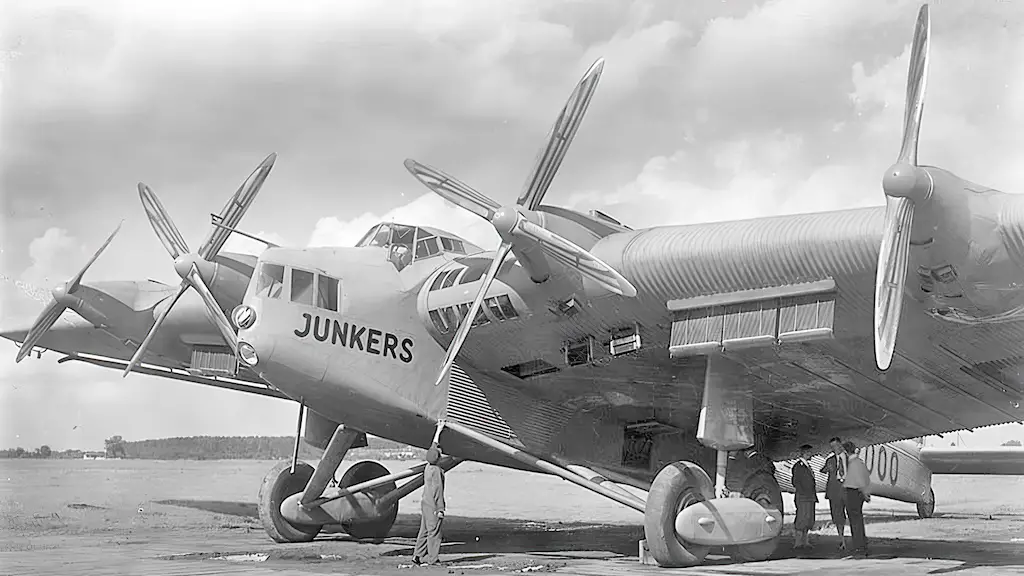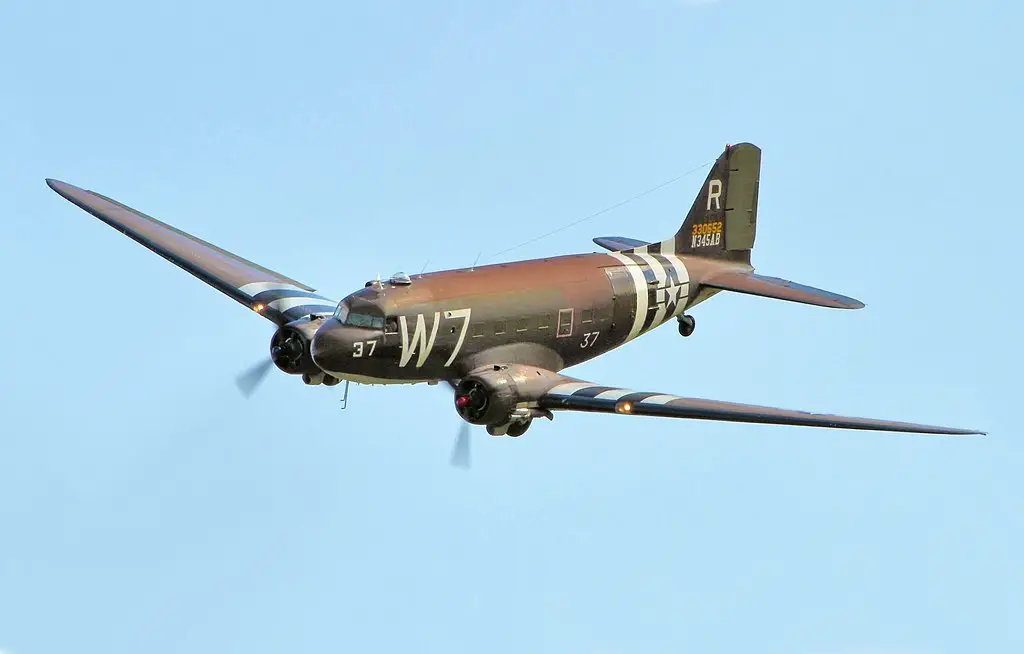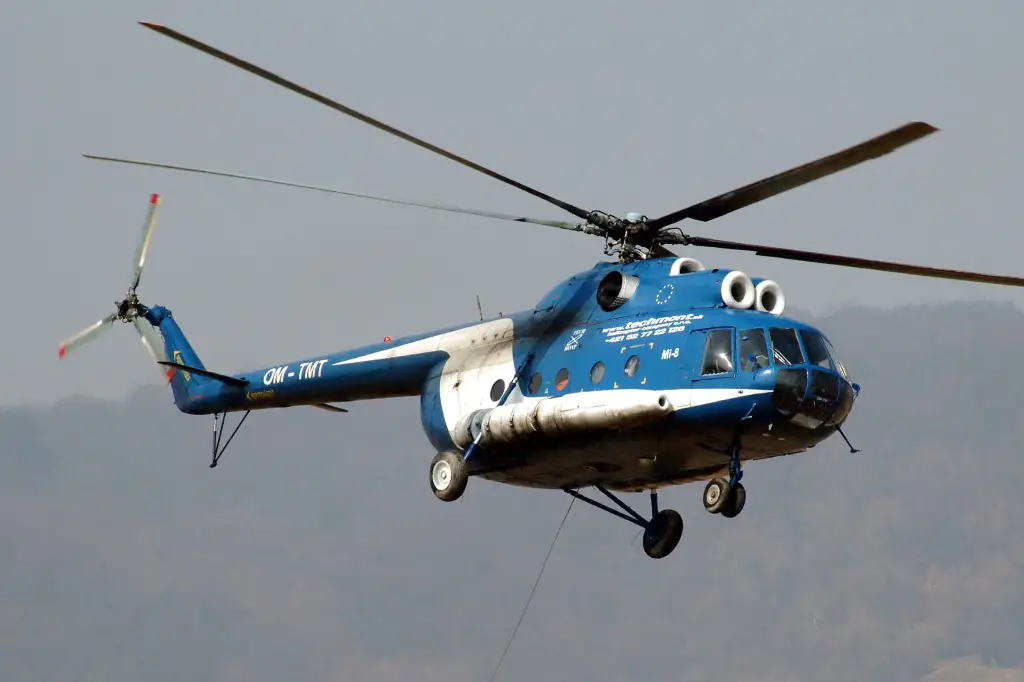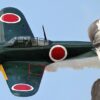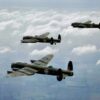The Skyward Lifeline of World War II
It’s 1943, a pivotal year when the machinery of war was running full tilt. American factories were pumping out planes like never before, sending them off to far corners of the Earth. Amidst the cacophony of metal and fire, a C-47 Skytrain was born. Douglas Aircraft Company imprinted it with serial number 42-32892, a tag it would wear like a badge of honor.
It didn’t stay in the U.S. for long. This C-47 embarked on an epic flight, crossing the Alaska-Siberia air road, known as ALSIB. Thousands of miles from Alaska to Siberia, all to reinforce a strained alliance. At Fairbanks, Alaska, American hands turned the bird over to Soviet aviators. A wartime embrace that now seems like an ancient dance.
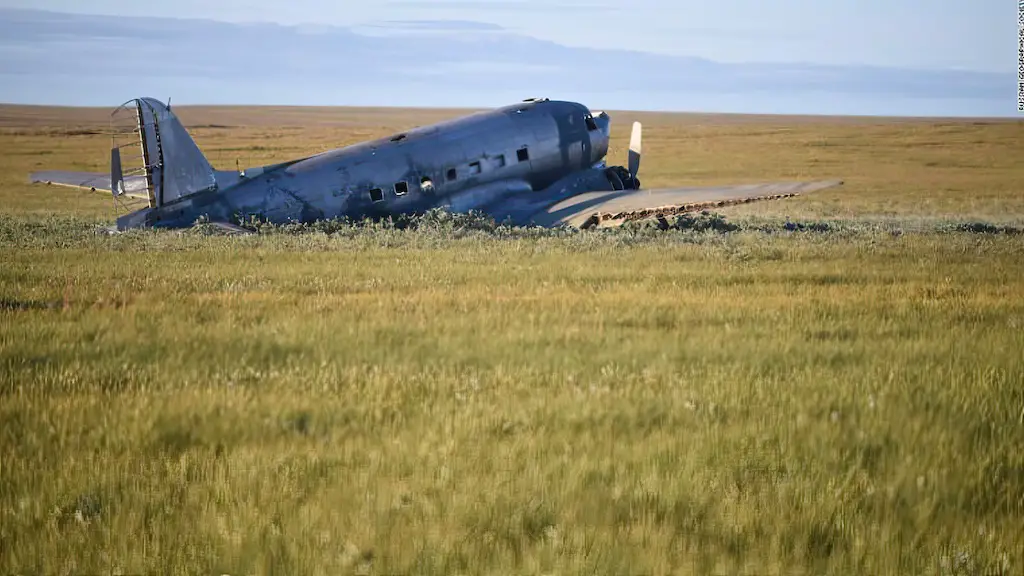
Far From the Frontlines
This particular C-47 had a unique fate. While many of its brethren flew off to engage in frontline chaos, it stayed back. Siberia became its playground, conducting supply and reconnaissance missions, a sentinel in the icy wilderness.
When the war subsided, our bird took on civilian roles. It carried passengers and supplies to remote outposts across the icy stretches of Siberia, but it would not be a peaceful retirement.
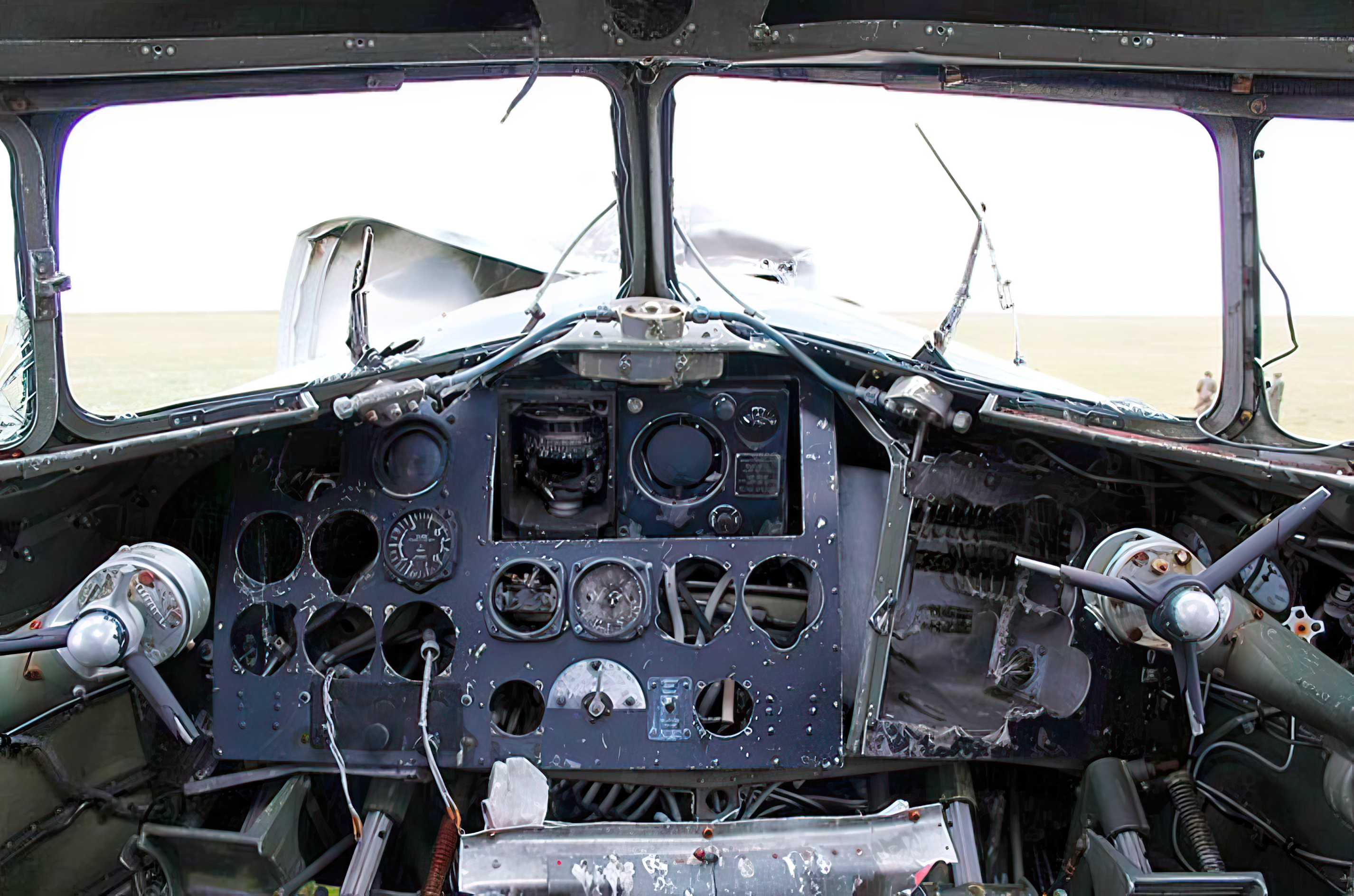
Down But Not Out
It was April 23, 1947, a date etched in the fabric of this C-47. Something went horribly wrong. Engine failure. It was flying from Kozhevnikova Bay on the Arctic coast to Krasnoyarsk when it happened. Twenty-six souls onboard, three of them just kids. A forced landing in the desolate tundra was the only option.
The next 20 days would test human resolve. While some embarked on a futile quest for help and met a grim fate, others stayed behind, making their home inside the metal carcass. Fate looked kindly upon those who remained; they were rescued by a Li-2 aircraft and lived to tell the tale.
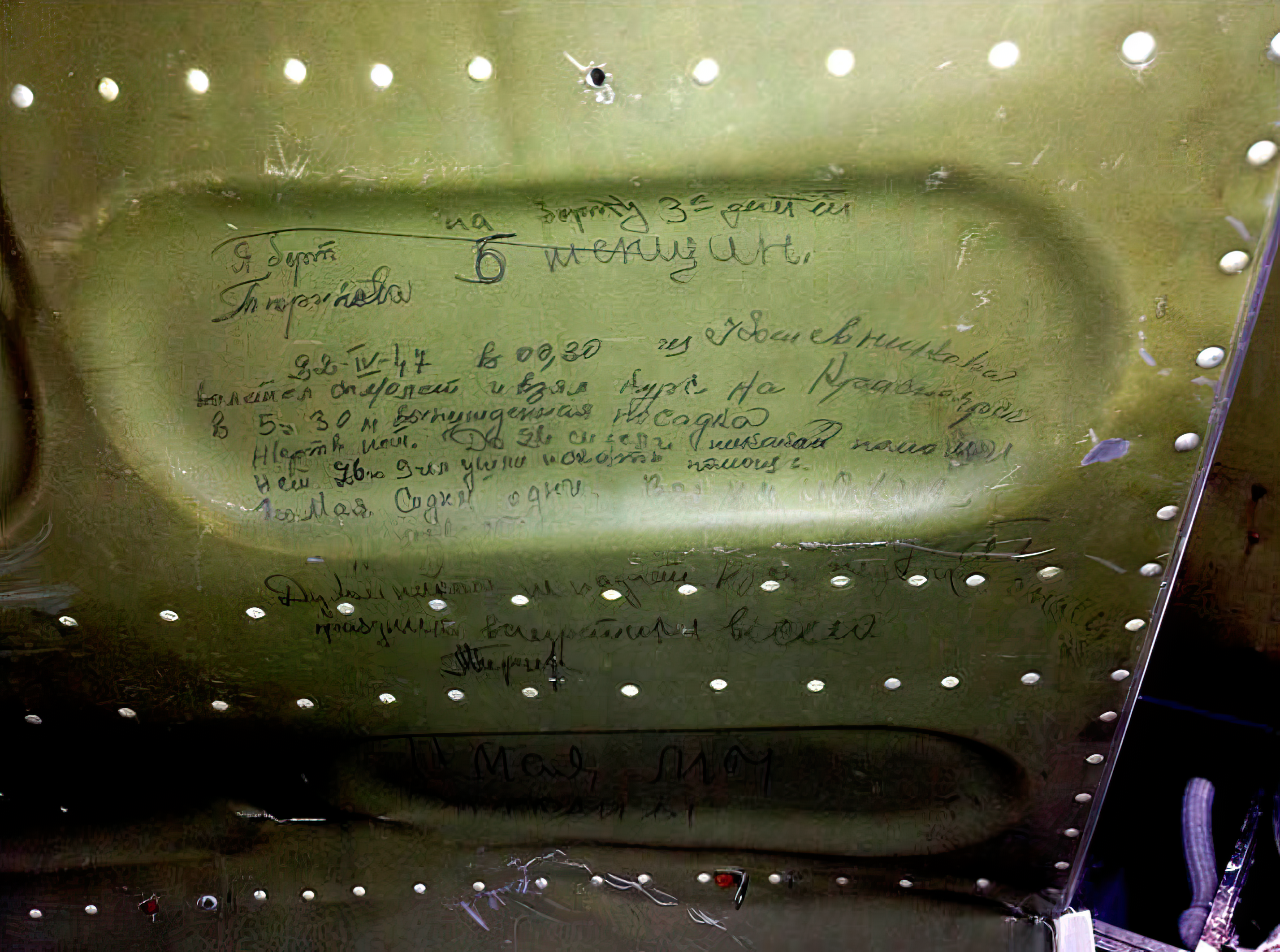
A Sleep of Seven Decades
Fast forward 70 years, and the Douglas C-47 lay like a forgotten hero in the Arctic wilderness. Its presence known only to the daring adventurers and local fauna. But some conversations never die. The Russian Geographical Society had been considering a salvage operation for years. Finally, in August, the stars aligned. A team of 15 specialists set out for the Taymyr Peninsula.
They dissected the ancient bird: fuselage, wings, engines—each piece carefully removed. A Mi-8 chopper airlifted the remains to a barge on the Pyasina River, bound for the town of Dudinka. Time had been surprisingly gentle with the aircraft. It looked almost like it did in 1947, an artifact frozen in time, still holding vestiges of its past glory.
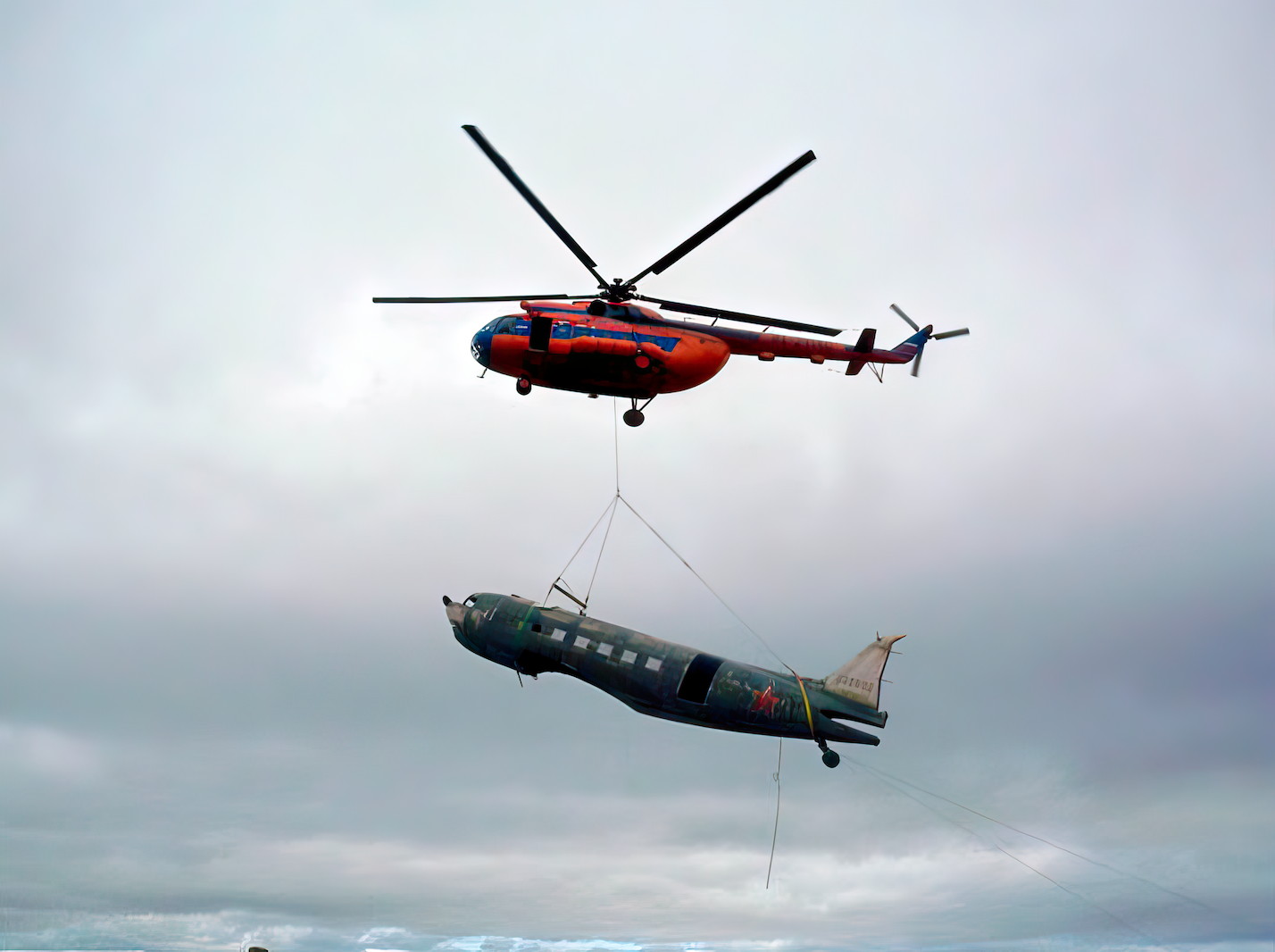
Messages from the Past and a Glimpse into the Future
What’s more intriguing are the artifacts found within. A diary scrawled on the inner walls of the fuselage narrated the harrowing 20 days. There were even American-made radio sets and cans of corned beef, perhaps remnants of the Lend-Lease Act that brought the aircraft to Russia. The diary ended with the entry, “We have been saved!”
Now, the legendary Douglas C-47 found a new home at the Museum of the Exploration of the Russian North, in Krasnoyarsk. There, it will stand not just as an aircraft but as a symbol—of human struggle, cooperation across borders, and resilience in the face of overwhelming odds. Because some stories should never be forgotten.

